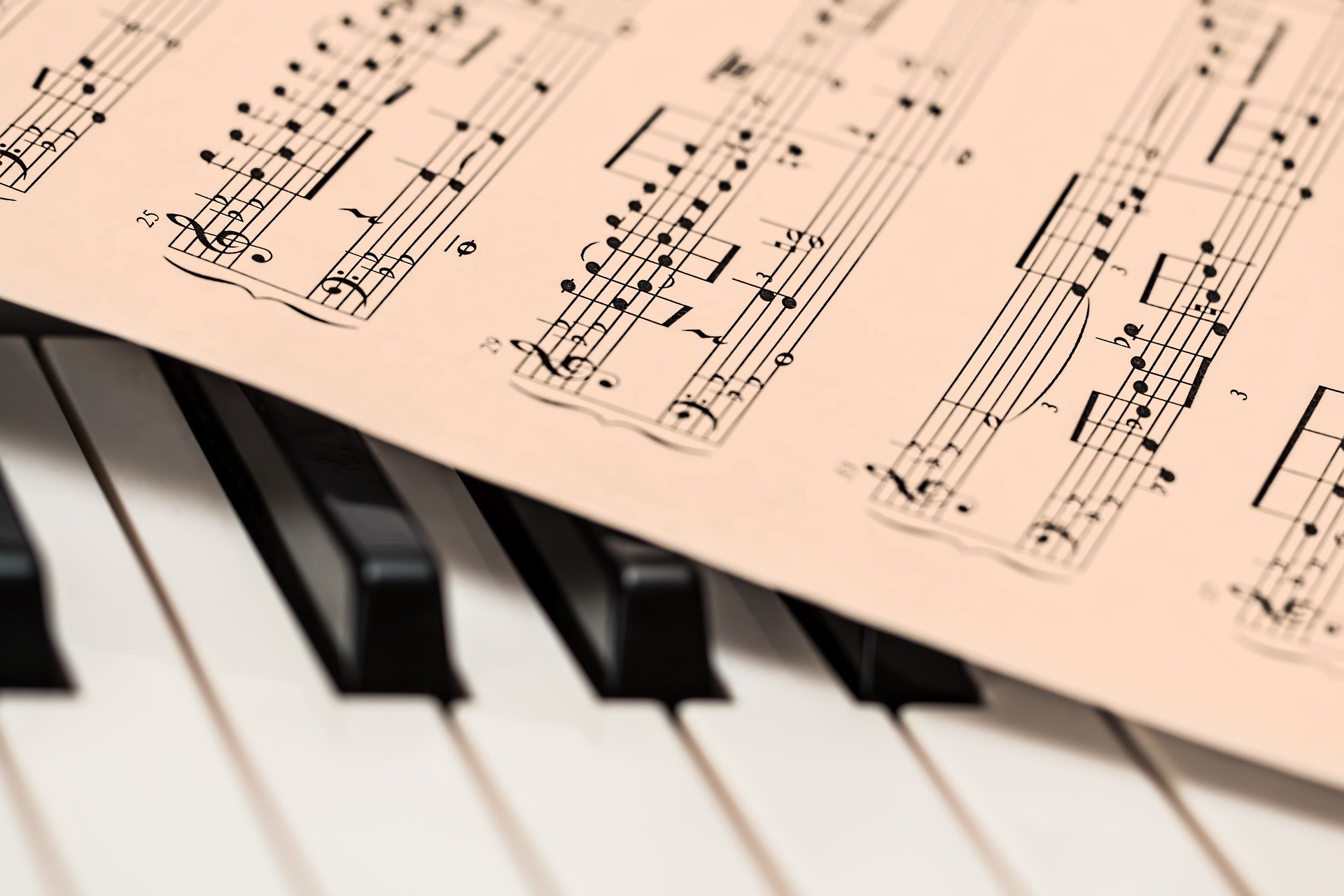Can engaging in dance help manage the symptoms of nervous system disorders such as Parkinson’s disease?
Many disorders of the central nervous system may become chronic in senior citizens, and one of the most insidious is Parkinson’s disease (PD). PD is a degenerative disorder that adversely affects both the motor system and non-motor systems. Preliminary symptoms may include slowing movement, rigidity and tremors, and difficulty with mobility. As the condition worsens, behavior, sleep, cognitive and sensory systems may be impacted. In the later stages of the disease, dementia may develop.

Parkinson’s disease typically manifests in people over the age of 60. Once and diagnosed, life expectancy ranges between 7 and 15 years. There is no known cure – and available treatments are intended to mitigate symptoms rather than eliminate them. Primary treatments include medication, but surgically implanted microelectrodes to facilitate deep brain stimulation may eventually be required.
There are alternative methods of non-conventional treatment that appear to be helping those with Parkinson’s disease and other related CNS conditions. One of the most inspiring revelations is that dancing – and music programs in general – are delivering relief to those living with PD. Whether to strengthen the body, boost cognition, or enhance quality of life, some form of dancing is offered at increasing numbers of assisted living programs. While more study is needed on the subject, those who engage in dancing and movement set to music are experiencing significant results. Dance for Parkinsons ,based in Brooklyn, has several national chapters and is showing success with PD patients.
As one senior dancer stated “The dance class has made a huge difference in my symptoms – I am walking better, feel more balanced and stronger. The class provides an inspiration to move.” Another shared, “When I am in dance class, I feel like I don’t have Parkinsons anymore.”
How Does Dance Help Those CNS Disorders?
- Dance supports increased flexibility and mobility: As we age, a lack of movement can have devestating results. This is why senior citizens are especially encouraged to develop a daily exercise regimen, whether walking, swimming or dancing. Dance maintains flexible muscles and promotes mobility and easier movement.
- Dancing sharpens cognition and establishes a mind-to-body connection: Dance requires not only physical exertion, it requires that the dancer thinks about the moves they are making. This mind-to-body connection helps Parkinsons patients to maintain control of their body.
- Dancing focuses on movement and balance: When someone has a condition that impairs stability and mobility, they often stay away from activities that require them to be on their feet. However, dancing can help PD patients to regain some of the agility and balance they have lost, as well as encourage new range of movement.
- Dance classes push back against feelings of loneliness and isolation: Individuals who live with a chronic disease that affects the central nervous system often isolate themselves out of shame or embarrassment. This situation can quickly lead to loneliness and depression. When a patient participates in a dance class, they join with others in a celebratory expression of fun and friendship.
- Dancing restores confidence: Those who ive with physical and mental challenges often lose their confidence and can be very self-conscious. When a Parkinsons patient learns to dance, they embrace the idea that they can still enjoy life and accomplsh something new – building self-worth and confidence.
In summary, dancing encourages creativity and happiness – and that is something every human deserves.
Rediscover Purpose at A Banyan Residence
At A Banyan Residence, we provide compassionate assisted living or memory care services for your senior loved one. Call today to learn more about our active communities, ful schedule of events, and commitment to quality of life for your senior loved one.
